- Home
- slideshows
- miscellaneous
- Scientists say these 10 major cities could become unlivable within 80 years
Scientists say these 10 major cities could become unlivable within 80 years
More than than 3.3 million Miami residents could face catastrophic flooding by 2100.

New Orleans could be underwater as well.
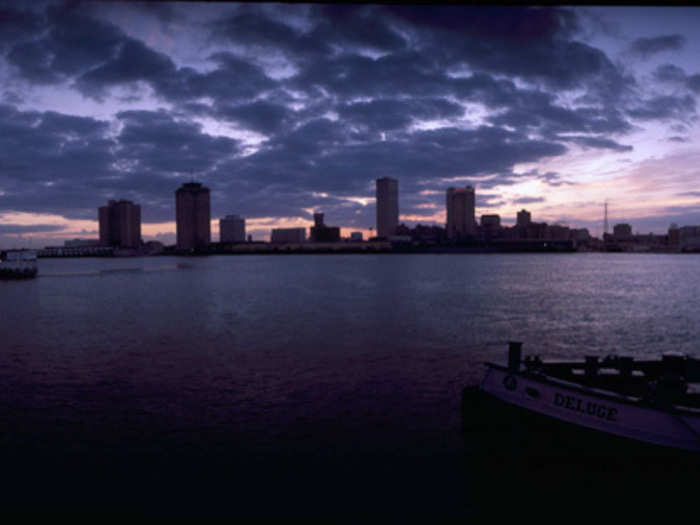
Hauer's study also cited New Orleans as one of the US cities most vulnerable to flooding.
If sea levels were to rise by just 3 feet, more than 100,000 New Orleans residents — about a third of the city's population — could be inundated.
"When you start tacking on storm surges, tidal flooding, all those other associated events, the [affected populations] get much larger," Hauer said.
Chicago could see another fatal heat wave at any moment.
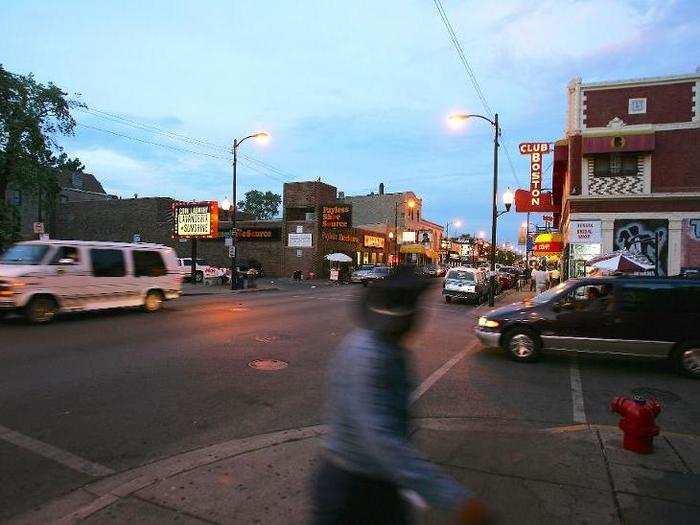
Chicago is located in one of America's most severe heat zones, according to Richard Rood, a climate scientist at the University of Michigan.
In 1995, the city witnessed a dangerous heat wave that killed more than 700 people. At that time, outside temperatures reached 106 degrees Fahrenheit, while wet-bulb temperatures — which account for both heat and humidity — reached 85 degrees Fahrenheit.
Studies have shown that exposure to a wet-bulb temperature of more than 95 degrees Fahrenheit can be fatal, since the human body can no longer cool itself.
Rood said a heat wave of this magnitude could happen again at any time in Chicago, which sees high humidity in the summer and regular continental heat.
Dubai's summer temperatures could reach 113 degrees Fahrenheit after 2070.

A 2015 study from scientists at MIT identified the Middle Eastern Gulf as a "regional hotspot" where climate change could severely threaten human lives.
The study predicted that Gulf cities like Dubai would see temperatures as high as 113 degrees Fahrenheit in the summer after 2070. It also predicted that wet-bulb temperatures would exceed their fatal threshold — 95 degrees Fahrenheit — once every decade or two thereafter.
In a blog post on news.com.au, Australia's main news site, some Dubai residents described how they already avoid going outdoors from June to September.
"When you walk outside from a nice air-conditioned room it's a bit like opening an oven door when you're too close," one resident said. "The hot air hits you at once."
Daily temperatures in Abu Dhabi could become unbearable after 2070.

The MIT study also lists Abu Dhabi as one of the cities most vulnerable to extreme heat.
In just a half century, the researchers predict, the hottest temperatures in Abu Dhabi will be more than one-off occurrences.
Thus far, the highest temperature ever recorded in the region is 126 degrees Fahrenheit.
By 2070, the city's residents can expect to endure this level of heat on a more frequent basis.
Shanghai could see fatally high temperatures between 2070 and 2100.
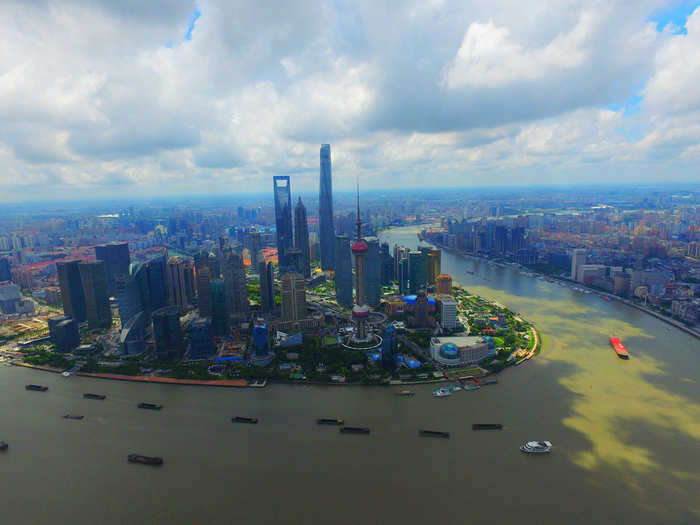
The North China Plain, home to around 400 million residents, could see the deadliest heatwaves on the planet by the end of the century.
According to a 2018 study published in Nature Communications, the area can expect hundreds of severe heatwaves between 2070 and 2100.
Shanghai could be one of the cities that's most affected. Researchers predict that in that 30-year period, there will be five instances of recorded temperatures in Shanghai that exceed the fatal threshold (wet-bulb temperatures above 95 degrees Fahrenheit).
Shanghai is the third most populous city in the world, with around 25 million residents.
Beijing's smog could threaten its livability.
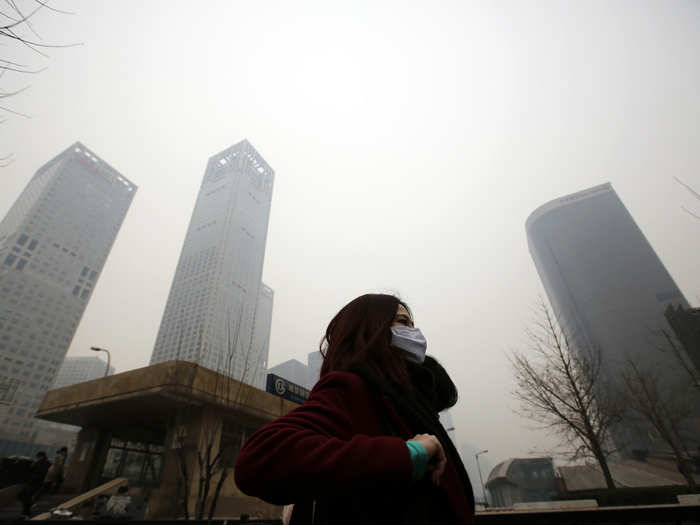
Beijing is also part of the North China Plain, making it vulnerable to extreme heatwaves.
Like many Chinese cities, Beijing is a major emitter of greenhouse gases, which also contribute to air pollution. The city is known for frequent bouts of smog that force locals to wear face masks.
Pollution is more deadly than smoking, killing nearly 15 times more people than all the world's wars and violence combined. In 2015, 9 million people died prematurely from pollution-related diseases, accounting for 16% of all deaths worldwide.
Delhi's residents already suffer from nausea and headaches due to the smog, as well as heatstroke on hot days.
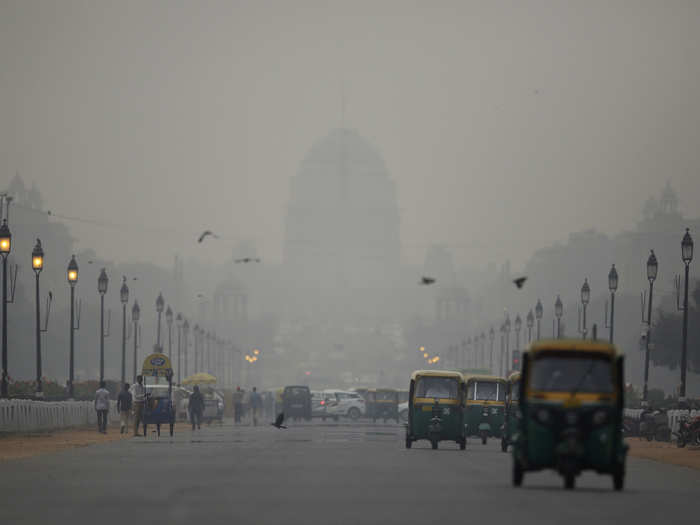
Extreme temperature conditions in Delhi are similar to those in Beijing and Shanghai.
Smog-filled air causes skin rashes, nausea, and headaches among residents, while some people have also been known to pass out from heatstroke.
A 2017 analysis found that wet-bulb temperatures in South Asian cities like Delhi could reach 95 degrees Fahrenheit — the point at which they become fatal — by 2100. A scenario like that, however, only tends to happen once every 25 years.
According to the analysis, around 2% of the Indian population is currently exposed to wet-bulb temperatures of 90 degrees Fahrenheit. By the end of the century, it predicted, that amount could rise to around 70% of the population.
Sea-level rise has Dhaka teeming with refugees.
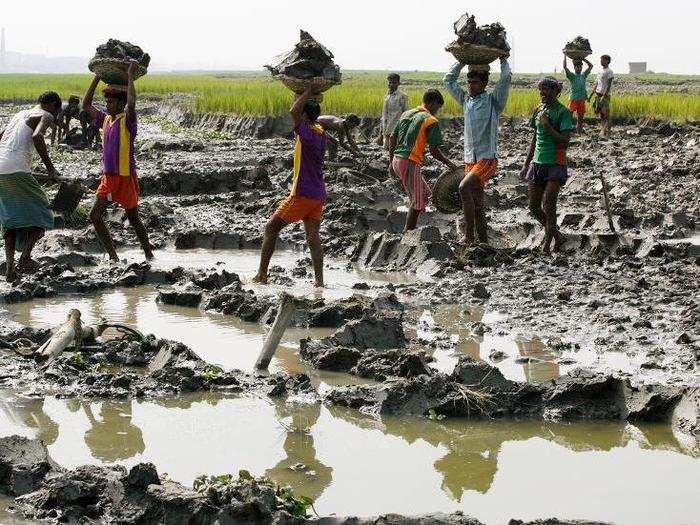
Bangladesh is one of the most vulnerable nations when it comes to climate change.
Not only is the country prone to heat waves, but it also already has to contend with devastating floods. In the summer of 2017, flooding affected the lives of more than 8 million people in Bangladesh, killing around 140 people and damaging nearly 700,000 homes.
Floods are also stripping away at available land. Each year, riverbank erosion displaces up to 200,000 people in Bangladesh. The IPCC estimates that the nation could lose up to 20% of its landmass from just 3 feet of sea-level rise.
"Sea-level rise is already really present [in Bangladesh]," Rood said. "As the storm surge gets bigger, there are going to be more problems because there are so many people."
Many climate refugees in Bangladesh are fleeing from rural villages to Dhaka, yet that area is still vulnerable to floods, particularly during monsoon season.
Lagos is growing rapidly despite the looming threat of sea-level rise.
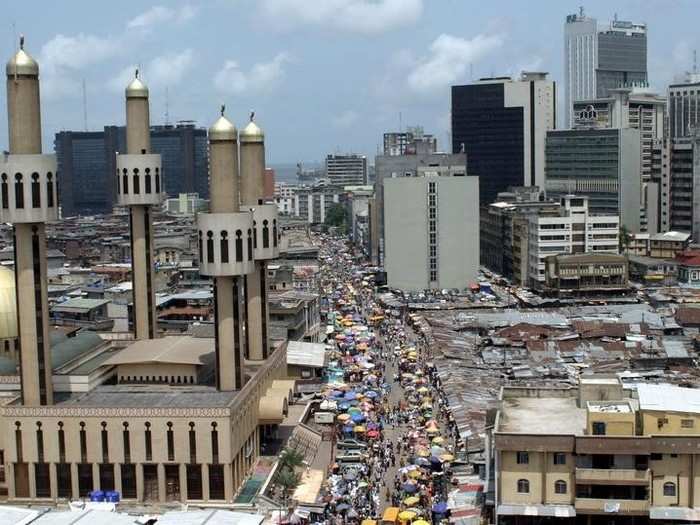
The population of Lagos, Nigeria, may be growing, but the city is also becoming more vulnerable to sea-level rise.
Hauser said Lagos is particularly susceptible to floods due to its low-lying terrain and location on a river delta. In 2016, researchers predicted that Lagos could see 260,000 deaths due to flooding in the next 10 years.
According to Rood, the increased frequency of flooding and extreme weather in cities like Lagos could make it difficult for the areas to recover after each event.
But both he and Hauser say the impacts of climate disasters can be mitigated with appropriate planning and infrastructure.
"Your probability of getting into a car accident is relatively low for any given drive, yet we wear seat belts. In any given year, your probability of dying is relatively low, yet you buy life insurance," Hauser said.
Similarly, cities should plan for rising temperatures and sea levels, he said.
"We have plenty of examples where, if you prepare for these heat emergencies, then you can survive them," Rood said. "The question to me is, do they become so common that it's not worth it anymore?"
Popular Right Now
Popular Keywords
Advertisement